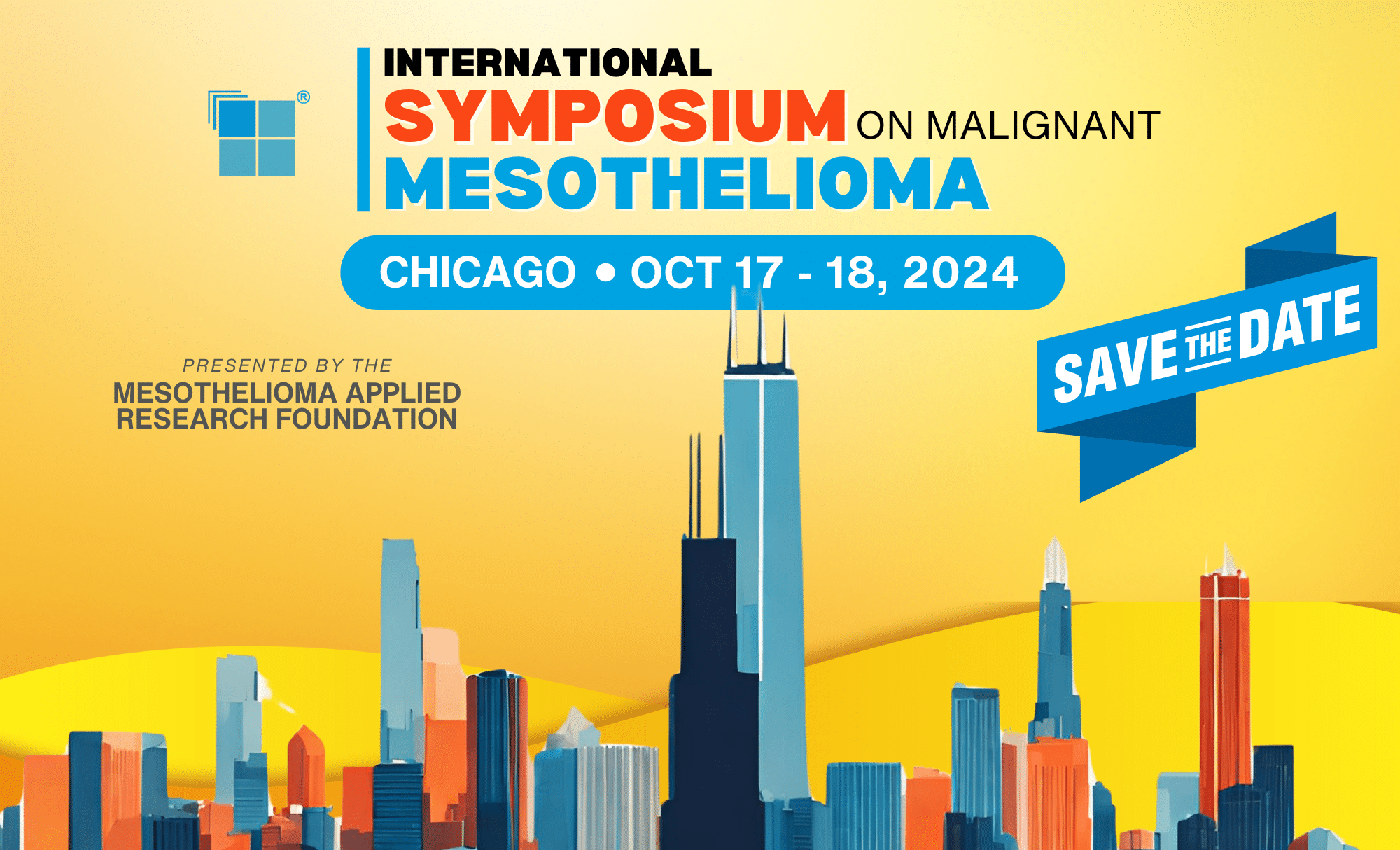by Christopher Graham
They have a system to estimate the extent of disease, called the peritoneal carcinomatosis index (PCI). It’s a scale that goes from 0 to 39, and the bigger the number the worse it is. Based on the MRI, my index was 31/39. Almost all of the published literature and studies on this shows that patients above a PCI of about 12-13 don’t do well. The final tissue diagnosis was malignant peritoneal mesothelioma, epitheliod subtype. Here are some fun facts you might not know about malignant peritoneal mesothelioma: it exists. The incidence is about one case in a million people, so there are about 300 cases of this per year in the US. The average patient age at diagnosis is about 60. It’s not as clearly related to asbestos exposure as the pleural variety of mesothelioma. People with high PCIs generally don’t do well, but that’s often because they’re not surgical candidates. The single most important factor for survival is the completeness of cytoreduction[ref]“Cytoreduction,” or “cytoreductive surgery,” or “debulking” all refer to surgical removal of as much tumor as possible.[/ref] – if they can get all the disease out at surgery, people do better. Theoretically, you can go from a PCI of 39 to 0 with a good surgery.
Serendipitously, we have a surgical and medical oncology treatment team here who actually specialize in cancers which have spread to the abdominal cavity (or “peritoneal surface” if you want to use the medical jargon). And the one good piece of news, fantastic news (relatively speaking of course) from the laparoscopy, was that my surgeon thought there wasn’t quite as much disease as the MRI showed. That I was, in fact, a surgical candidate. The team decided to try a two-step surgical approach, that was developed at Columbia University Medical Center in NYC by Kluger et al.[ref]Eur J Surg Oncol. 2010 Oct;36(10):997-1003. doi: 10.1016/j.ejso.2010.07.001.[/ref], which has taken people with really bad disease and made their outcomes similar to those of people with lower PCIs.
The general idea is this: get the worst of it out with a first debulking surgery. If there’s residual cancer which is going to make the surgery technically difficult, or force the surgeon to remove an entire organ that they really don’t want to take out, they leave it. After the surgery, you do chemotherapy in the abdomen in hopes of shrinking all the tumors they had to leave, and then later you go back in for a final surgery where the goal is to take out everything they see. At each surgery, too, they do something called hyperthermic intraperitoneal chemotherapy (HIPEC). The idea is that, you can physically remove the bulky disease you can see, but there are probably microscopic cancer cells you gotta kill too. That’s what the HIPEC is supposed to do. HIPEC is performed during the surgery itself, only. The “regular” intra-abdominal chemo is between surgeries.
I was mostly just ecstatic that I was actually a surgical candidate. And when a doctor says something like that, you know that it must be a big deal. Because most doctors aren’t really all that excited to go under the knife. We’ve seen what can happen when things go wrong. Complications can and do still happen even with the most technically perfect procedure, ever. That’s why they’re called complications and not fuck-ups. Before all of this started, I used to say things like, “I wouldn’t let a surgeon touch me unless I were literally dying.”
So hopefully you can appreciate just how serious my medical situation was, because, more than anything else in the world, I wanted to go to surgery. I knew I needed it. I read probably ten different journal articles about peritoneal mesothelioma and its treatment in the days immediately following the final tissue diagnosis. In every paper, the single most important thing in terms of long-term survival was surgery. The technical term for the case is an “exploratory laparotomy.” Translated from doctor-speak, that’s when they slice you open from neck to nuts and look around on the inside. And, very clearly, I needed a lot of my insides removed. We were going to the operating room.
Continue reading in the next installment by Christopher Graham here: Chapter 2 | Part 1: A Regrettable Last Meal the Night Before Major Surgery
Read the previous installment by Christopher Graham here: Chapter 1 | Part 4: Florid Mesothelial Hyperplasia Vs. Peritoneal Mesothelioma
Christopher Graham is a radiologist who was diagnosed with peritoneal mesothelioma in early 2016 at the age of 32, two months after he was engaged to his now-wife. He has since undergone two major surgeries, intra-abdominal chemotherapy, and has had many significant complications as a consequence of his treatment. He currently lives in Columbus, Ohio with his wife Nicole and their two dogs. Christopher plans to finish residency and fellowship after treatment, and he and his wife are trying to get their lives back to something resembling normalcy after dealing with such a devastating diagnosis.




